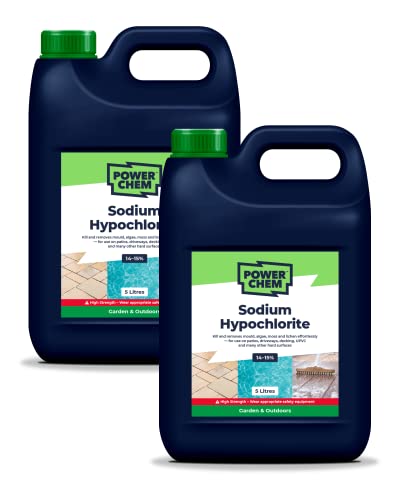


Drying clothes in a dryer is a convenient and efficient way to have clean, dry garments ready to wear in no time. However, it’s important to choose the right temperature for drying clothes to ensure that they come out looking their best and to prevent any damage to the fabric. In this complete guide, we will explore the different temperature options available on dryers and provide tips on how to choose the right one for your clothes.
One of the most common temperature settings on dryers is the high heat setting. This setting is suitable for drying thicker fabrics such as towels and bedding that require higher temperatures to remove moisture effectively. High heat can also be used for drying delicate items such as wool, as long as they are placed in a fabric bag or pillowcase to protect them from direct heat.
For more delicate fabrics like silk or satin, it is best to use the low heat setting. Low heat is less likely to cause shrinkage or damage to sensitive materials. It is important to note that drying delicate fabrics on high heat can lead to shrinkage and loss of shape. Using the low heat setting will help preserve the quality and longevity of your delicate clothes.
Another option to consider is the medium heat setting. This setting is suitable for drying most everyday clothing items, such as jeans, t-shirts, and cotton garments. It provides a balance between efficiency and fabric care. It allows clothes to dry relatively quickly without causing excessive heat damage to the fabric.
In conclusion, choosing the right temperature for drying clothes in a dryer is essential to maintain the quality and longevity of your garments. Different fabrics require different heat settings, so it’s important to pay attention to the labels on your clothing and follow the care instructions. By selecting the appropriate temperature, you can ensure that your clothes come out of the dryer looking their best and ready to wear with confidence.
Understanding the Importance of Temperature
Temperature plays a crucial role in the drying process when using a dryer. It influences the efficiency and effectiveness of drying clothes, as well as the overall quality of the results. Understanding the importance of temperature is essential for achieving optimal drying outcomes and prolonging the lifespan of your garments.
Effects of Temperature on Drying Clothes
The temperature setting on a dryer directly affects the rate at which moisture is removed from the clothes. Higher temperatures can evaporate water more quickly, resulting in faster drying times. However, this can also lead to potential problems if not carefully monitored.
Here are some key effects of temperature on drying clothes:
- Faster Drying: Higher temperatures accelerate the evaporation process, reducing the time it takes for clothes to dry. This is especially beneficial when drying larger loads or thicker fabrics.
- Potential Damage: Exposing clothes to excessively high temperatures can cause damage and shrinkage, especially for delicate fabrics such as silk or wool. It can also lead to color fading or fabric weakening over time.
- Energy Efficiency: Lowering the temperature can help save energy and reduce your utility bills. Using lower heat settings for clothes that don’t require high temperatures can be a more sustainable and cost-effective approach.
- Better Fabric Care: Opting for lower temperatures is generally gentler on fabrics, reducing the risk of wear and tear. It can help preserve the integrity of your clothes and extend their lifespan.
Choosing the Right Temperature
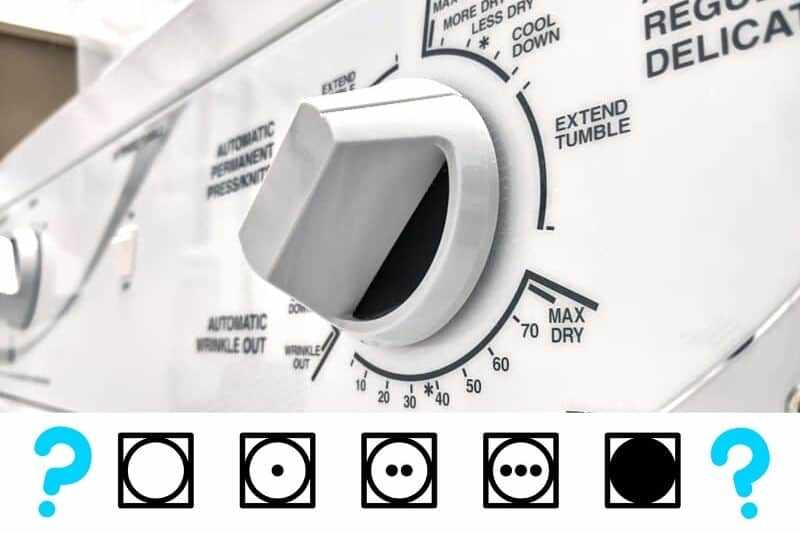
Choosing the right temperature for drying your clothes depends on various factors, such as fabric type, clothing item, and personal preferences. Here are some general guidelines to follow:
- Low Heat: Use low heat settings for delicate fabrics, such as silk, lace, or wool. This helps minimize the risk of damage and ensures the clothes retain their shape and quality.
- Medium Heat: Most everyday clothing items, including cotton t-shirts, jeans, and synthetic blends, can be dried at medium heat settings. This balances drying efficiency with fabric care.
- High Heat: Reserve high heat settings for items like towels, bedding, or heavily soiled garments. These items can withstand higher temperatures and benefit from the faster drying times.
Regular Maintenance and Adjustments

Regularly cleaning the lint trap and exhaust vent of your dryer is crucial for maintaining optimal drying temperatures. A clogged vent can restrict airflow and increase temperatures, potentially damaging clothes or even causing a fire hazard. Additionally, monitor the drying process and make adjustments as needed to ensure clothes are not being subjected to excessive heat.
Conclusion

Understanding the importance of temperature when drying clothes in a dryer is essential for achieving efficient, effective, and safe drying results. By considering the fabric type, clothing item, and employing proper maintenance, you can extend the lifespan of your garments and reduce energy consumption.
The Effect of Temperature on Clothes
When drying clothes in a dryer, the temperature settings can have a significant effect on the outcome. Different fabrics and types of clothes require different temperature settings to ensure the best results. Understanding the effect of temperature on clothes can help you choose the right setting for optimal drying.
High Temperature
Drying clothes at a high temperature can be effective for removing moisture quickly. This setting is best suited for items that are made of sturdy fabrics like cotton or polyester. These fabrics can withstand higher heat without being damaged.
However, it is important to note that using high temperature for delicate fabrics like silk or wool can lead to shrinking or damage. Therefore, it is advisable to always check the care label on your clothes before setting a high temperature.
Low Temperature
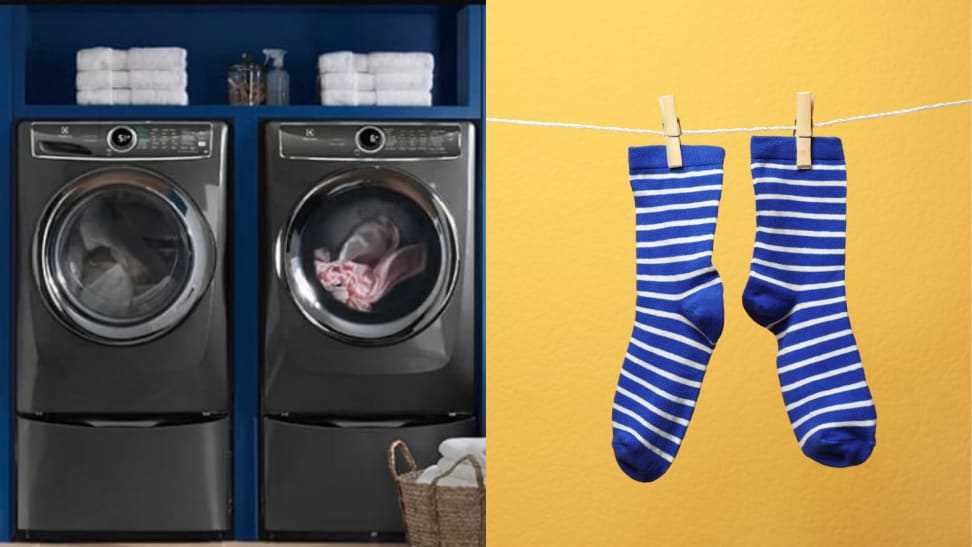
A low temperature setting is suitable for delicate fabrics and clothes that are prone to shrinking or damage. Clothes that are made of wool, silk, or lace should be dried at a lower temperature to ensure their longevity.
While drying clothes at a low temperature takes longer, it is a safer option for maintaining the quality and shape of delicate fabrics. It is recommended to use this setting for items that have specific care instructions indicating low-temperature drying.
Medium Temperature
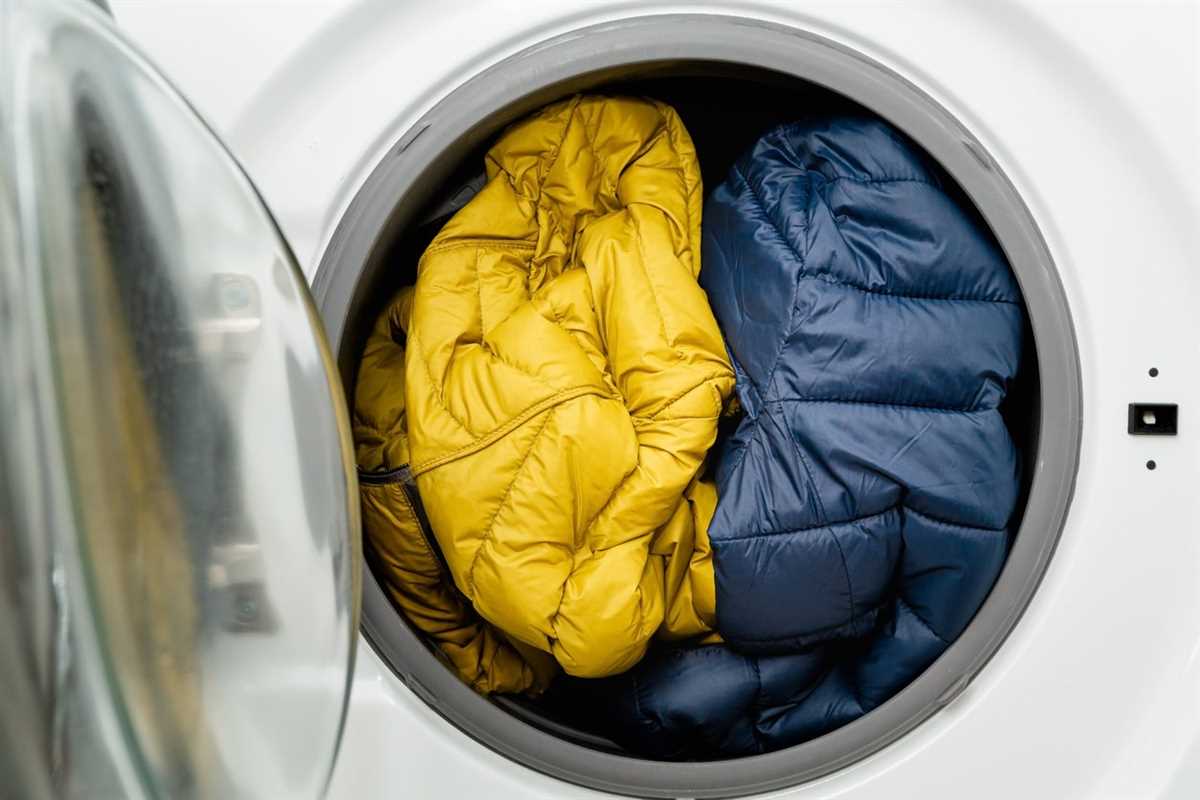
Medium temperature is a versatile setting that can be used for drying a wide range of clothes. It is often the default setting on many dryers and works well for most fabrics.
This temperature setting provides a balance between drying efficiency and protection for the clothes. It is especially suitable for clothes that have mixed fabrics, as they can handle medium heat without being damaged.
Special Care Instructions
Some clothes may have special care instructions that recommend a specific temperature for drying. It is important to follow these instructions to preserve the quality and lifespan of the clothes.
Additionally, certain items like waterproof or heat-sensitive fabrics may require extra precautions or specific temperature settings. Always refer to the care label or manufacturer’s instructions for these special cases.
Conclusion
Choosing the right temperature for drying clothes is crucial to maintain their quality and prevent damage. Understanding the effect of temperature on different fabrics can help you make informed decisions and prolong the lifespan of your clothes.
Remember to always refer to the care labels and instructions provided by the manufacturer to ensure the best results when drying your clothes in a dryer.
Finding the Ideal Temperature for Different Fabrics
When it comes to drying clothes in a dryer, finding the ideal temperature for different fabrics is crucial to ensure that your clothes are dried efficiently and without any damage. Here is a guide to help you determine the right temperature for various types of fabrics:
1. Cotton
- Temperature: High heat setting
- Cotton is a very durable fabric and can withstand high heat settings. It is safe to dry cotton clothing on the highest heat setting in your dryer.
2. Synthetic Fabrics
- Temperature: Low to medium heat setting
- Synthetic fabrics such as polyester, nylon, and spandex are more delicate than cotton. It is recommended to use a low to medium heat setting when drying these fabrics to prevent any damage.
3. Delicate Fabrics

- Temperature: Low heat or air-dry setting
- Delicate fabrics like silk, lace, and chiffon require extra care when drying. It is best to use the low heat or air-dry setting to prevent any shrinkage or damage to the fabric.
4. Wool
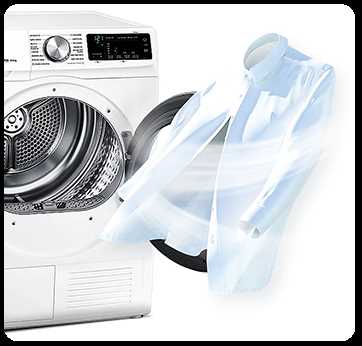
- Temperature: No heat or air-dry setting
- Wool is a sensitive fabric that can easily shrink and lose its shape when exposed to high heat. It is recommended to avoid using any heat and instead use the air-dry setting or lay wool garments flat to dry.
5. Linen
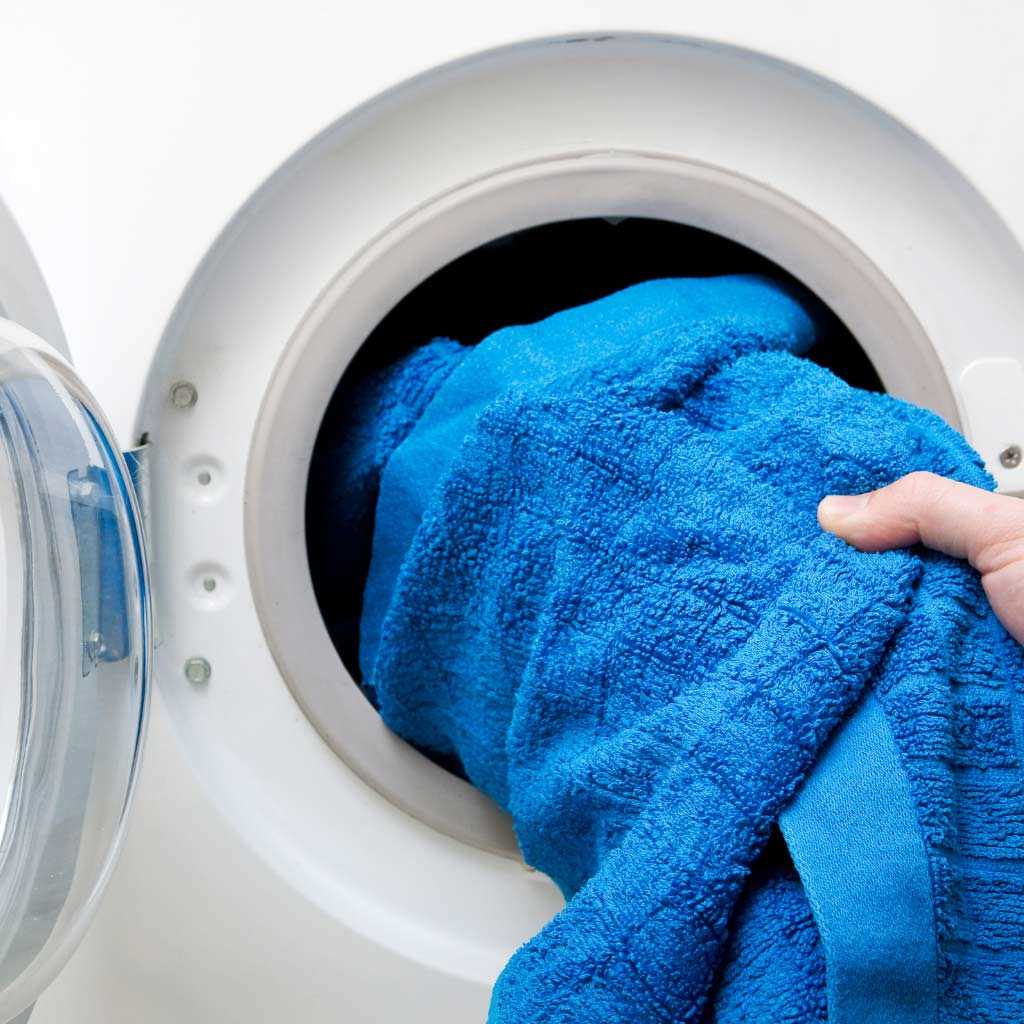
- Temperature: Medium to high heat setting
- Linen is a durable fabric that can withstand higher heat settings. It is safe to dry linen clothing on medium to high heat, but be sure to remove them from the dryer while they are still slightly damp to prevent excessive wrinkling.
6. Blends
- Temperature: Varies
- Fabric blends, such as cotton-polyester or polyester-rayon, require a temperature setting that is suitable for the most delicate fabric in the blend. It is best to follow the temperature guidelines for the most delicate fabric in the blend.
Remember, always check the care label on your clothing for specific drying instructions. If the label recommends air-drying or line-drying, it is best to follow those instructions to ensure the longevity of your clothes.
Preventing Damage with Proper Temperature Settings
Choosing the correct temperature for drying your clothes in a dryer is crucial in preventing damage. Different fabrics and clothing items require different temperature settings to ensure they maintain their quality and appearance. Here are some guidelines to help you select the right temperature:
1. High Heat Setting
- Cotton: Cotton clothes can handle high heat without getting damaged. Use the high heat setting for drying items like towels, t-shirts, and jeans made of 100% cotton.
- Linens: Linens also tolerate high heat well. Set the dryer to high heat when drying linen sheets, tablecloths, and other linen items.
- Robust Fabrics: Fabrics such as denim, canvas, and thick synthetic materials can withstand high heat. Use the high heat setting for drying these items.
2. Medium Heat Setting
- Blended Fabrics: Clothes made of a blend of cotton and synthetic materials can be dried using the medium heat setting. This setting reduces the risk of damage to the synthetic fibers while still providing enough heat to dry the clothes effectively.
- Synthetic Fabrics: Polyester, nylon, and other synthetic fabrics should be dried on a medium heat setting. High heat can cause these fabrics to melt or shrink, so it’s essential to use a lower temperature.
3. Low Heat Setting
- Delicate Fabrics: Delicate fabrics like silk, chiffon, and lace should always be dried on a low heat setting. High heat can damage the fibers and cause the fabric to lose its shape or become wrinkled.
- Acrylic and Acetate: These fabrics should also be dried on a low heat setting to prevent shrinking and damage.
4. Air Dry Setting
If you have clothes that are extremely delicate or have specific care instructions, opt for the air dry setting. This setting does not involve heat and relies on room temperature air to dry the clothes slowly.
5. Check Clothing Labels
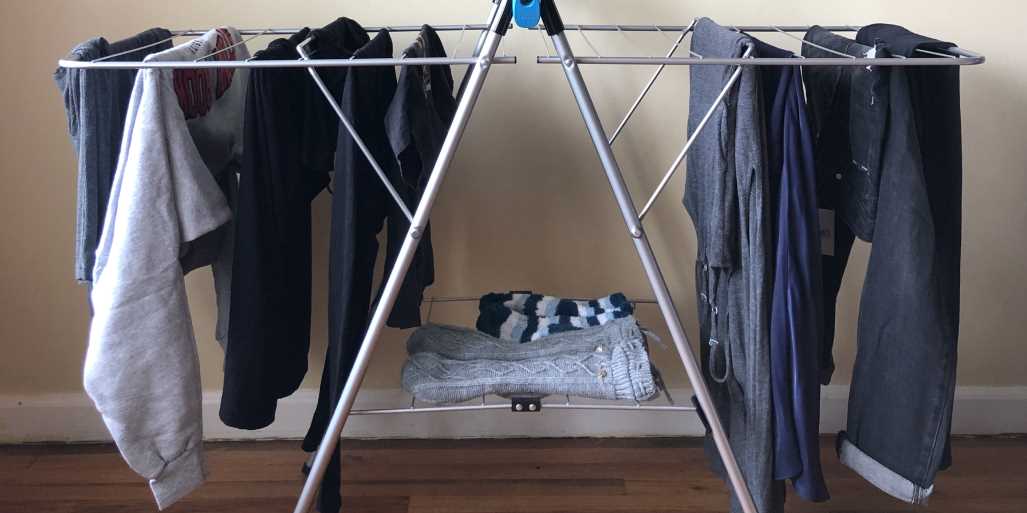
Always refer to the care labels on your clothing items for specific drying instructions. The labels provide vital information about the recommended temperature and drying methods for each garment.
By selecting the appropriate temperature setting for your dryer, you can ensure that your clothes stay in excellent condition and avoid any unnecessary damage. Remember to regularly clean your dryer’s lint filter to maintain optimal drying efficiency.
Tips for Achieving the Best Drying Results

- Sort your laundry: Before drying your clothes in the dryer, it’s important to sort them based on fabric type and drying needs. This will ensure that each garment receives the right treatment and prevents damage or shrinking.
- Check care labels: Always refer to the care labels on your clothes to determine the appropriate drying temperature and settings. Following the instructions will help preserve the quality and longevity of your garments.
- Remove excess moisture: Before placing your clothes in the dryer, gently wring them out or spin them in the washing machine to remove excess moisture. This will reduce drying time and minimize wrinkles.
- Don’t overload the dryer: To achieve the best drying results, avoid overloading the dryer. Clothes need space to tumble and dry evenly. Overloading can lead to longer drying times and wrinkled garments.
- Use the right drying temperature: Different fabrics require different drying temperatures. High heat is suitable for durable fabrics such as cotton, while low heat or delicate settings should be used for delicate items like silk or wool. Refer to the care labels or garment manufacturer’s instructions for specific guidance.
- Remove clothes promptly: As soon as the drying cycle is complete, promptly remove your clothes from the dryer to minimize wrinkles. This also prevents the clothes from settling and creating deep-set wrinkles.
- Shake out your clothes: Before folding or hanging your dried clothes, give them a gentle shake to release any lingering wrinkles. This simple step can make a big difference in the overall appearance of your garments.
- Consider using fabric softener: Adding a fabric softener sheet or using a liquid fabric softener can help reduce static cling, soften the clothes, and make them smell fresh. Follow the product instructions for the proper usage amount.
- Clean the lint trap: Regularly clean the lint trap in your dryer. A clogged or dirty lint trap can reduce the dryer’s efficiency and increase drying time. Don’t forget to clean the lint filter after every use.
- Perform regular dryer maintenance: To ensure optimal performance, clean the dryer’s vents and exhaust ducts periodically. This will prevent lint buildup and improve the machine’s efficiency.
Other Factors to Consider when Drying Clothes
Aside from selecting the right temperature, there are other factors to consider when drying clothes in a dryer. These factors include:
- Fabric type: Different fabrics require different drying temperatures and cycles. It’s important to read the care labels on your clothes to determine the appropriate temperature setting.
- Load size: Overloading the dryer can prevent clothes from drying properly. It is recommended to only fill the dryer halfway to allow for proper air circulation.
- Time: The drying time can vary depending on the fabric type and load size. It is important to monitor the drying process and adjust the time accordingly.
- Wrinkle prevention: Some dryers offer wrinkle prevention options that can help reduce the amount of ironing needed after drying. These options use steam or intermittent tumbling to minimize wrinkles.
- Lint buildup: Regularly cleaning the lint trap and exhaust vent is important to ensure proper airflow and prevent lint buildup, which can be a fire hazard.
- Energy efficiency: Consider using the energy-saving features on your dryer, such as moisture sensors or eco-friendly settings, to help reduce energy consumption and save money on utility bills.
By considering these factors, you can optimize the drying process and ensure that your clothes are dried efficiently and properly.
FAQ
What temperature should I use to dry delicate fabrics?
When drying delicate fabrics such as silk or lace, it is recommended to use a low heat setting or even an air-dry option. This will prevent any damage or shrinkage to the fabric.
Is it better to dry clothes on high or low temperature?
It depends on the type of fabric and the desired outcome. High temperatures are usually recommended for cotton and other heavy fabrics, as they help remove wrinkles and kill bacteria. However, for delicate fabrics and items that are prone to shrinking, it is better to use a low or medium temperature setting.
What temperature should I use to prevent clothes from shrinking?
To prevent clothes from shrinking, it is best to use a low or medium heat setting on your dryer. High heat can cause the fibers to contract and result in shrinkage. It is also important to avoid over-drying the clothes, as this can also lead to shrinkage.
Can I dry all types of fabrics at the same temperature?
No, not all types of fabrics can be dried at the same temperature. Different fabrics require different heat settings to avoid damage. It is important to read the care labels on your clothes and follow the manufacturer’s instructions for drying temperature. This will help prevent shrinkage, fading, and other forms of damage.
What is the best temperature for drying towels?
The best temperature for drying towels is a medium or high heat setting. The higher heat helps to fluff up the towels and remove moisture more efficiently. However, it is important not to over-dry the towels, as this can make them stiff and reduce their absorbency.








